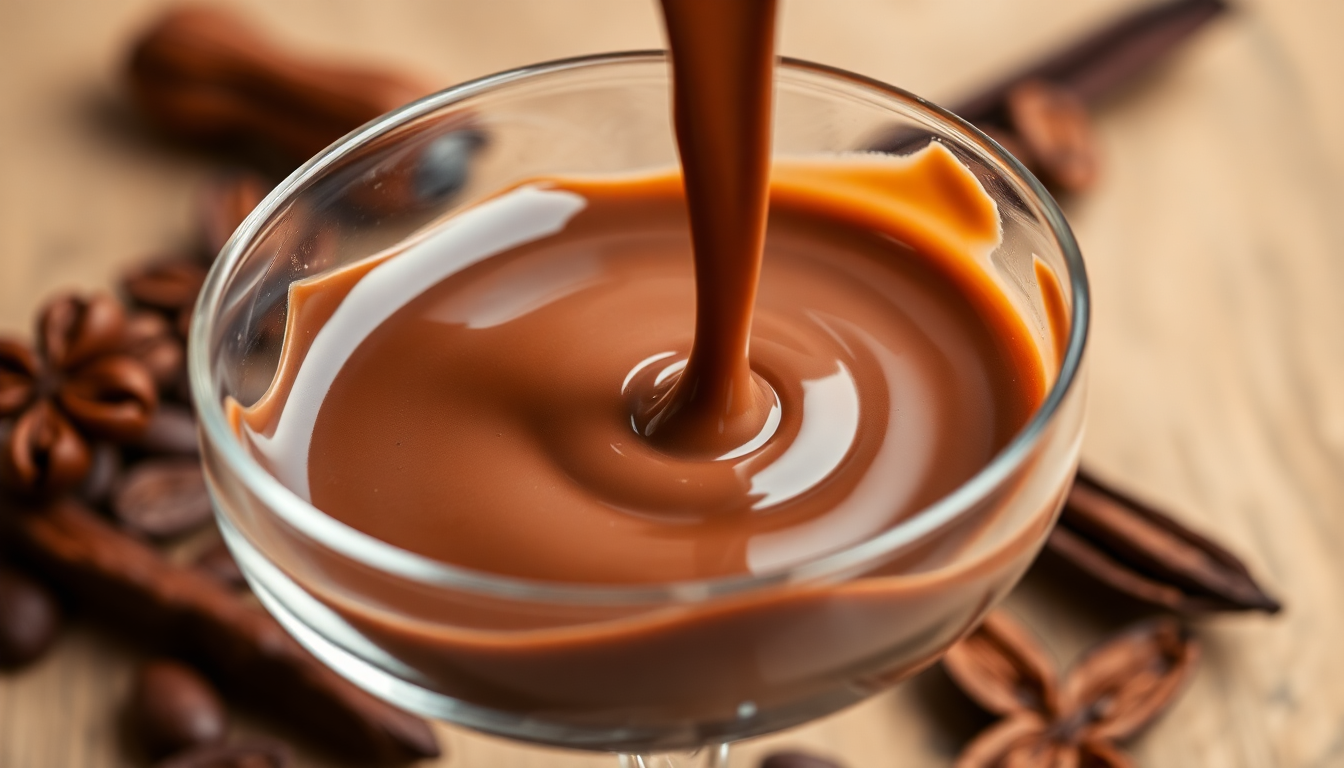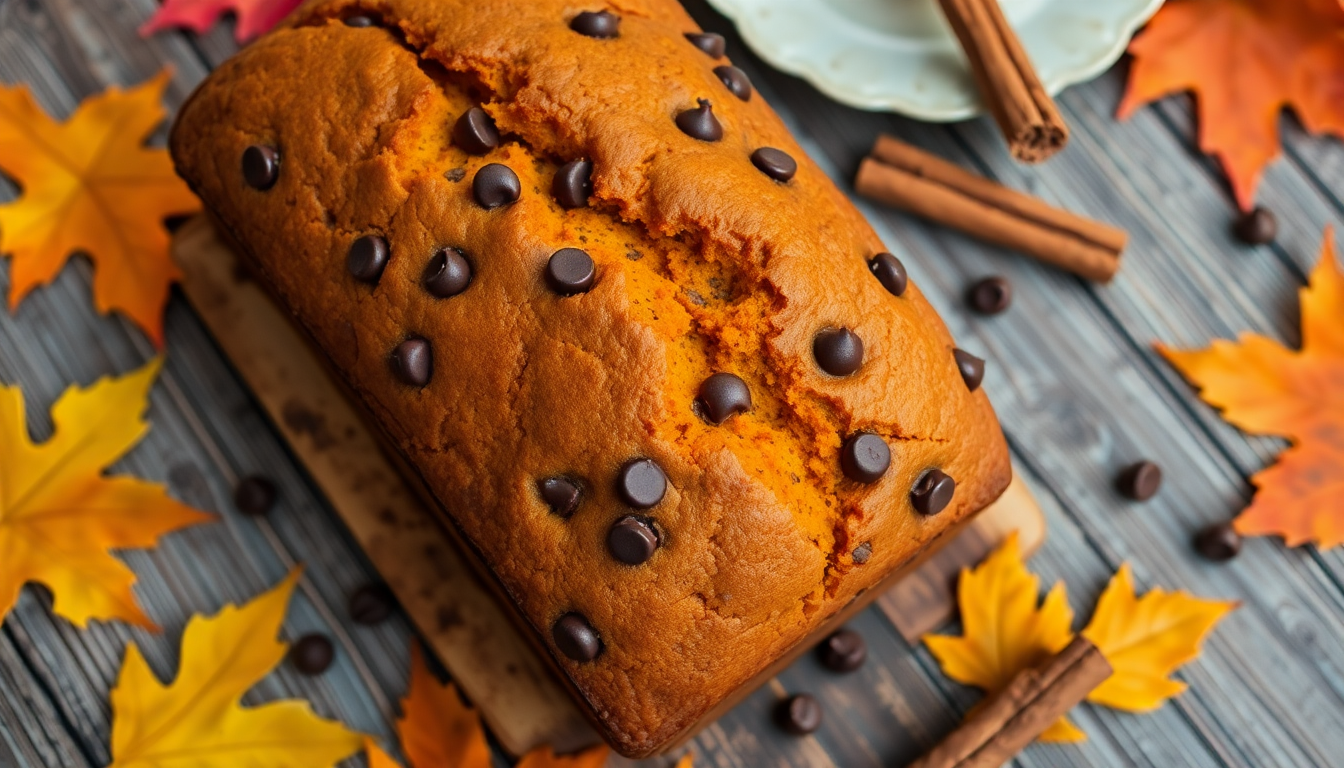
Creme de Cacao: A Sweet Dive into Its World
Creme de Cacao: A Sweet Dive into Its World
When it comes to delicious, versatile spirits, few can match the rich history and flavor profile of crème de cacao. This chocolate-flavored liqueur has been enhancing cocktails and desserts for centuries, providing a luxurious sweetness and depth that bartenders and home mixologists alike have come to cherish. In this exploration, we'll dive into the fascinating world of crème de cacao, from its historical roots to modern applications, while examining how it relates to the pure cacao that forms the foundation of Coracao Confections' ethical chocolate creations.
The Origins and History of Crème de Cacao
The story of crème de cacao begins with cacao itself—a magical bean with ancient roots in Mesoamerican civilization. Long before Europeans encountered chocolate, indigenous peoples of Central and South America were fermenting cacao pulp into alcoholic beverages, possibly dating back as far as 1400 BCE. The Mayans and Aztecs revered cacao as sacred, using it in ceremonial drinks that blended the bitter bean with spices for rituals and celebrations.
When European colonizers encountered cacao, they brought it back to the Old World, where it underwent numerous transformations. According to historical accounts, French monks in the 16th century began producing what we now recognize as crème de cacao, infusing alcohol with cacao nibs and sweetening the mixture to create a delightful liqueur.
By the early 20th century, crème de cacao had found its way into classic cocktail recipe books. The Alexander cocktail (gin, crème de cacao, and heavy cream), which appeared in Hugo Enslin's 1916 book "How to Mix Drinks," popularized the liqueur as a cocktail ingredient rather than a standalone drink.
Understanding Crème de Cacao

Despite its name, crème de cacao contains no dairy—the "crème" refers to its rich, smooth texture. This liqueur comes in two primary varieties:
Dark Crème de Cacao
Dark crème de cacao has a deep brown color and rich chocolate flavor. It's made by percolating or macerating cacao beans or nibs in alcohol, then sweetening the mixture. The result is a syrupy liqueur with intense chocolate notes and hints of vanilla. The dark variety often contains caramel coloring for its rich hue.
White Crème de Cacao
White (or clear) crème de cacao offers the same chocolatey experience but without the color. It's typically flavored with cacao bean distillate rather than cacao bean extract, resulting in a more subtle chocolate flavor with pronounced vanilla notes. Bartenders often reach for white crème de cacao when they want to add chocolate flavor without changing a cocktail's color.
Both varieties typically range from 20-25% alcohol by volume (ABV), making them relatively mild compared to base spirits like whiskey or vodka.
The Production Process: From Bean to Bottle
The creation of quality crème de cacao mirrors the initial stages of chocolate production, a process that Coracao Confections has perfected through ethical sourcing and careful attention to ingredients. Here's how the transformation typically occurs:
-
Selection of Cacao Beans: Quality begins with the beans. The best crème de cacao producers, like the best chocolate makers, seek out premium cacao varieties such as Criollo (which comprises less than 5% of the world's cacao supply).
-
Fermentation and Drying: After harvesting, cacao beans undergo fermentation and drying, crucial steps that develop the complex flavor compounds that give chocolate its distinctive taste.
-
Roasting: The beans are roasted to further develop their flavor profile, just as they would be in chocolate production.
-
Infusion Process: The prepared cacao beans or nibs are then either:
- Macerated directly in alcohol to extract their flavor
- Distilled to create a cacao distillate
- Sometimes both methods are used for different components of the liqueur
-
Sweetening and Flavoring: Sugar is added to balance the natural bitterness of cacao, often along with vanilla and sometimes additional spices or flavorings.
-
Filtering and Aging: The mixture is filtered to remove solids and may be aged briefly to allow flavors to meld before bottling.
At Coracao Confections, we understand the importance of starting with exceptional ingredients. Our organic cacao powder and cacao paste come from the central Huallaga Valley in Peru's San Martin region, where some of the world's finest Criollo cacao is grown. We source from Acopagro, a cooperative of more than 2,000 small organic cacao producers who promote regenerative farming practices and manage the conservation of 108,000 acres of forest.
The Ethical Dimension: Responsible Sourcing
While many commercial crème de cacao products reflect the problematic supply chains of conventional chocolate, there's a growing movement toward ethical production. This parallels Coracao Confections' commitment to sustainability and fair trade principles.
The cacao industry has long been plagued by issues including:
- Child labor and exploitative working conditions
- Deforestation and environmental damage
- Inequitable distribution of profits, with farmers receiving a tiny fraction of the final product's value
Consumers interested in ethical crème de cacao should look for producers who:
- Transparently source their beans
- Pay fair trade premiums to farmers
- Use organic growing methods
- Support regenerative agricultural practices
At Coracao Confections, ethical sourcing isn't just a marketing strategy—it's fundamental to our business model. We're proud to be an employee-owned, Certified Climate Neutral company that sources organic, fair-trade cacao. Our partners at Acopagro promote agroforestry systems and regenerative farming practices while protecting vast forest areas in Peru.
Classic Cocktails Featuring Crème de Cacao
Crème de cacao has earned its place in cocktail history through several classic recipes that have stood the test of time:
The Grasshopper
This vibrant green, mint-chocolate classic combines equal parts:
- Green crème de menthe
- White crème de cacao
- Heavy cream
Shaken with ice and strained into a chilled cocktail glass, the Grasshopper offers a refreshing, dessert-like experience that became especially popular in the mid-20th century.
The Brandy Alexander
A sophisticated variation on the original Alexander cocktail, this drink features:
- 1½ oz cognac
- 1 oz dark crème de cacao
- 1 oz heavy cream
Shaken with ice and strained into a cocktail glass, then garnished with freshly grated nutmeg, the Brandy Alexander balances the warmth of cognac with the sweetness of chocolate.
The Twentieth Century
Named after the famous luxury train, this sophisticated cocktail breaks from the creamy tradition with:
- 1½ oz gin
- ¾ oz Lillet Blanc
- ½ oz white crème de cacao
- ¾ oz lemon juice
Shaken and strained into a cocktail glass, this unexpected combination proves that crème de cacao can work beautifully in bright, citrusy cocktails.
Modern Applications: Beyond the Classics
Today's craft cocktail movement has embraced crème de cacao in innovative ways that extend beyond traditional applications:
In Contemporary Cocktails
Modern mixologists have discovered that a small amount of crème de cacao can add complexity to unexpected drinks:
- A dash in a mezcal Negroni adds depth and subtle sweetness
- A small measure in a rum Old Fashioned creates chocolate undertones
- A light splash in a Daiquiri variation brings surprising complexity
In Coffee and Hot Beverages
Crème de cacao pairs naturally with coffee and other warm drinks:
- Added to hot coffee with a touch of cream for a simple mocha cocktail
- Combined with hot chocolate for an adult version of the classic comfort drink
- Mixed with chai tea for a spiced chocolate variation
In Culinary Applications
Beyond the bar, crème de cacao can enhance desserts and other culinary creations:
- Drizzled over ice cream
- Incorporated into cake batters or frostings
- Added to chocolate mousse for a boozy twist
- Used in savory sauces for dishes featuring game meats
DIY Cacao Liqueur: Craft Your Own Version

For those who appreciate the hands-on approach of Coracao Confections, creating your own cacao-infused liqueur can be a rewarding project that ensures quality and purity of ingredients.
Basic Homemade Cacao Liqueur Recipe
Ingredients:
- 2 cups vodka or neutral grain spirit
- ⅓ cup organic cacao nibs
- 1 vanilla bean, split
- ¾ cup organic coconut sugar (or your preferred sweetener)
- ½ cup filtered water
Instructions:
- Combine the vodka and cacao nibs in a clean glass jar with a tight-fitting lid
- Add the split vanilla bean
- Seal and store in a cool, dark place for 7-10 days, shaking daily
- After infusion, strain through a fine-mesh strainer lined with cheesecloth
- Make a simple syrup by dissolving the coconut sugar in water over low heat
- Allow the syrup to cool, then combine with the infused spirit
- Store in a clean bottle and allow to rest for another week before using
The result is a craft chocolate liqueur with a pure cacao flavor—free from artificial additives and with complete transparency about its ingredients, much like Coracao Confections' approach to chocolate-making.
Cacao in Ceremonial and Mindful Consumption
While crème de cacao is usually considered a recreational spirit, it's worth noting the connection to cacao's ceremonial history. At Coracao Confections, we honor this tradition through our Ceremonial Drinking Chocolate, which pays homage to ancient traditions of cacao consumption.
Ceremonial cacao represents a mindful approach to enjoying chocolate, focusing on:
- The pure, unadulterated essence of the bean
- Minimal processing to retain natural nutrients
- Appreciation of cacao's mood-enhancing properties
- Connection to traditional uses and rituals
While crème de cacao takes cacao in a different direction through alcoholic infusion, both approaches celebrate the remarkable qualities of this special plant. For those seeking the benefits of cacao without alcohol, our Ceremonial Drinking Chocolate offers an authentic experience that connects to cacao's historical roots.
Pairing Crème de Cacao with Chocolate
The natural affinity between crème de cacao and quality chocolate makes for exceptional pairing experiences. Here are some suggestions for pairing crème de cacao cocktails with Coracao Confections chocolates:
Grasshopper + Raw Fudge Truffles
The mint-chocolate flavor of the Grasshopper cocktail perfectly complements the intense chocolate ganache of our Raw Fudge Truffles, creating a multi-layered chocolate experience with refreshing mint highlights.
Brandy Alexander + Berkeley Bar
The warming cognac and creamy texture of a Brandy Alexander pairs beautifully with our Berkeley Bar, which features maca and lucuma nougat, cashew butter caramel, and crunchy almonds wrapped in dark chocolate. The nutty, caramel notes in both create a harmonious tasting.
Twentieth Century + Salted Caramel Chocolate Bars
The bright citrus of the Twentieth Century cocktail offers a perfect contrast to the rich, sweet-salty profile of our Salted Caramel Chocolate Bars, with the shared chocolate notes creating a bridge between these seemingly different flavors.
The Health Aspect: Cacao vs. Commercial Liqueurs
While crème de cacao is undeniably an indulgence, it's worth noting the significant difference between liqueurs made with real cacao and those made with artificial flavorings. Like the distinction between mass-produced chocolate and Coracao Confections' artisanal approach, quality matters tremendously.
Real cacao contains flavanols, antioxidants, and mood-enhancing compounds including:
- Theobromine, a mild stimulant similar to caffeine
- Anandamide, a naturally occurring "bliss molecule"
- Phenylethylamine (PEA), which can trigger the release of endorphins
Quality crème de cacao made with real cacao beans preserves some of these beneficial compounds, though the alcohol content means it should always be consumed in moderation. For those seeking the benefits of cacao without alcohol, Coracao Confections offers a range of organic, vegan chocolates that deliver the full spectrum of cacao's natural goodness.
Building a Responsible Bar with Ethical Spirits
For consumers who care about the values embodied by Coracao Confections—sustainability, ethical sourcing, and quality ingredients—extending these principles to your home bar is a natural next step. When selecting a crème de cacao or any spirit, consider:
Sourcing Transparency
- Does the producer disclose where their ingredients come from?
- Do they have direct relationships with farmers or cooperatives?
- Are they committed to ethical sourcing principles?
Ingredient Quality
- Are real cacao beans used rather than artificial flavors?
- Are organic ingredients prioritized?
- Is the sweetener natural and minimally processed?
Environmental Impact
- Does the company take steps to minimize their carbon footprint?
- Is packaging sustainable and minimally wasteful?
- Are regenerative agricultural practices supported?
These considerations mirror Coracao Confections' approach to chocolate making, where our commitment to being an employee-owned, Certified Climate Neutral company that sources organic, fair-trade cacao reflects our belief that quality and ethics go hand in hand.
Conclusion: Appreciating Cacao in All Its Forms
From the ancient ceremonial cacao drinks of Mesoamerica to the sophisticated crème de cacao cocktails of today, humans have been finding ways to celebrate this remarkable plant for thousands of years. Whether enjoyed as a liqueur, as fine chocolate, or as ceremonial drinking cacao, the essence of the cacao bean continues to captivate our senses and bring pleasure.
At Coracao Confections, we're proud to be part of the ongoing story of cacao through our commitment to ethical sourcing, sustainable practices, and exceptional quality. While we focus on chocolate rather than spirits, we share with conscientious crème de cacao producers a deep respect for the beans themselves and the people who grow them.
Whether you're sipping a classic Grasshopper, enjoying our Ceremonial Drinking Chocolate, or savoring one of our artisanal chocolate bars, you're connecting to a rich tradition that spans continents and centuries—a tradition that honors the magical cacao bean and all the delight it brings to our lives.

Claire Bennett
I'm Claire, a chocolate lover and artisan based in a small town where I run a tiny home kitchen dedicated to exploring everything chocolate. From single-origin dark bars to creamy ganache and handmade truffles, I find joy in working with all types of chocolate. I believe chocolate has a story, and I love bringing that story to life through humble, heartfelt creations.



Leave a comment
This site is protected by hCaptcha and the hCaptcha Privacy Policy and Terms of Service apply.